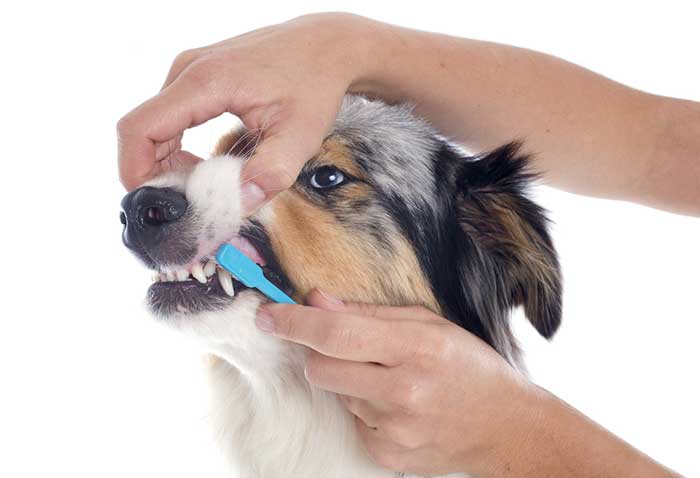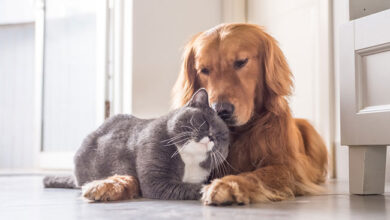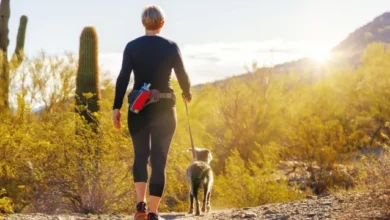
Having a pet is much like having a child. Some things you have to teach them, and other things you have to do for them.
For example, dogs can’t brush their teeth. We have to do this for them, and it’s essential for us as pet owners to know how to take proper care of our pet’s dental health. Brushing teeth, regular checkups at the vet and even keeping your dog on the appropriate diet and providing the right chewing treats are all our responsibility as pet owners.
But without spending any more time rambling, let’s get straight to the topic at hand. We’re going to go through what you should do, how to do it, and the more common problems (and signs of problems). So, let’s go straight to the first part.
Visit your veterinarian for teeth cleaning regularly.
If there’s someone who can take care of your dog’s teeth, it’s the professional. For more in-depth knowledge on the topic, you can visit the Paoli Vetcare website, as they’re experts in the subject, but we’ll cover the issue in a more general way.
A fascinating fact is that nearly 80% of all dogs above the age of three are suffering from significant oral hygiene problems. And ideally, the care for your dog’s teeth should start at the veterinary clinic.
Brush your pet’s teeth every day to keep their pearly whites healthy.
You’ll need a special toothpaste and a toothbrush. But while many online sources say that brushing every few days or once a week is enough – it isn’t.
The problem is that bacteria set in, and it starts ruining the teeth of your dog.
If you’ve never done it before, you can start in small steps until your dog gets used to it and brush their teeth with your finger. Then you can move onto using a soft-bristled brush. Ideally, go to the vet and buy yourself a brush that’s designed for pets.
Here is the most common dog teeth care concerns that you should be aware of.
Most pet owners aren’t aware of any problems going on with their pet’s dental hygiene until there aren’t visible signs of something wrong. Some telltale signs you should keep an eye on are excessive drooling, bad breath, bleeding or inflamed gums, rubbing the face against the floor, and even change in eating.
While some of them may overlap with harmless other stuff (like, when the dog ate pretty stinky food, or after a bath, the dog is rubbing its face against the floor) most of these signs should be cautionary only after you observe them for a while (like two or three days in a row).
Signs of dental disease or problems.
But it’s also good if you know what some of the above mentioned behavioral changes mean. Are they really bad, or can everything be fixed with medication and increased dental hygiene?
Halitosis will cause bad breath. It will mostly occur if you don’t brush your dog’s teeth, as the bacteria buildup happens because of food left lingering in the mouth.
Gingivitis will cause inflammation to the gums, and it could eventually lead to bleeding.
Periodontal disease will cause swelling of the gums and teeth, and it’s also very painful. It may also lead to loss of teeth.
But, as everything health-related with your pet, it’s best to visit the vet regularly and have professionals take care of the more complicated side of their dental health. If you stick to daily brushing, all things should be fine in the long term.



